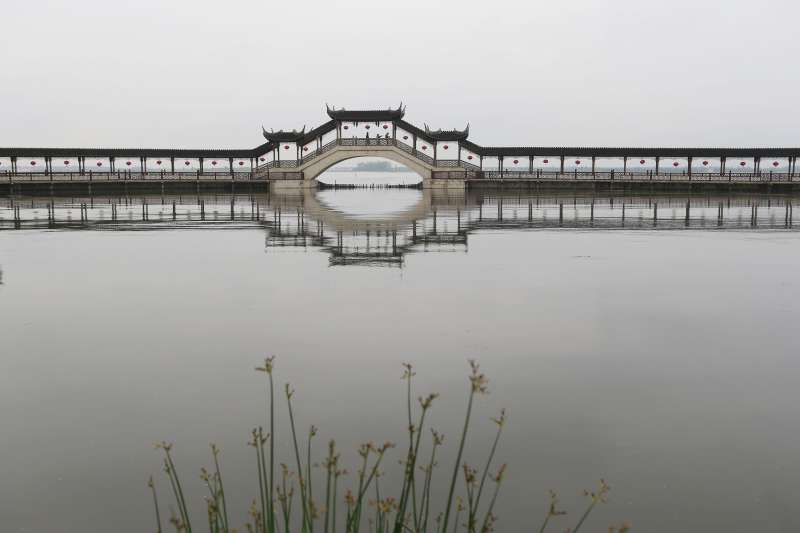Global road mapping to balance development and conservation

Did you know that over 25 million km of new roads will be built worldwide by 2050, encircling the earth more than 600 times? Keeping the above fact in mind, a study has created a global map for prioritising road building across the planet to balance the competing demands of development and environmental protection.
Many of these roads would slice into the earth’s last wildernesses where an influx of players would enter the fray in the form of destructive loggers, hunters and illegal miners.
“It is challenging but we think we have identified where in the world new roads would be most environmentally damaging,” said study co-author professor Andrew Balmford from University of Cambridge’s department of zoology.
The map has two components: an environmental values layer that estimates the importance of ecosystems and a road benefits layer that estimates the potential for increased agriculture production via new or improved roads.
“By combining these layers, we have identified areas where new roads would have the most potential benefit, areas where road building should be avoided and conflict areas where potential costs and benefits are both sizeable,” Balmford explained.
Balmford and professor William Laurance from James Cook University in Australia worked with colleagues from Harvard, Cambridge, Melbourne, Minnesota and other universities for nearly two years to map out the world’s most important ecosystems and biodiversity areas.
After mapping out the priority areas for conservation, the team then tried to decide where roads would have the greatest benefits for humanity.
In general, areas that would benefit most from new roads are those that have largely converted to agriculture, currently relatively low-yielding but not too distant from urban markets.
“All continents have regions that fit this bill, including parts of central Eurasia, Central America, Mexico and the Atlantic region of South America,” Laurance added.
According to Dr Gopalasamy Reuben Clements from James Cook University, “We focused on agriculture because global food demand is expected to double by mid-century and new or improved roads are vital for farmers”.
“With better roads, farmers can buy fertilisers to improve their yields and get their crops to the markets with far less cost and waste,” he commented.
According to authors, this new global road mapping scheme can be used as a working model that can be adapted for specific areas.
“We hope our scheme will be adopted by governments and international funding agencies, to help balance development and nature conservation,” professor Laurance concluded.